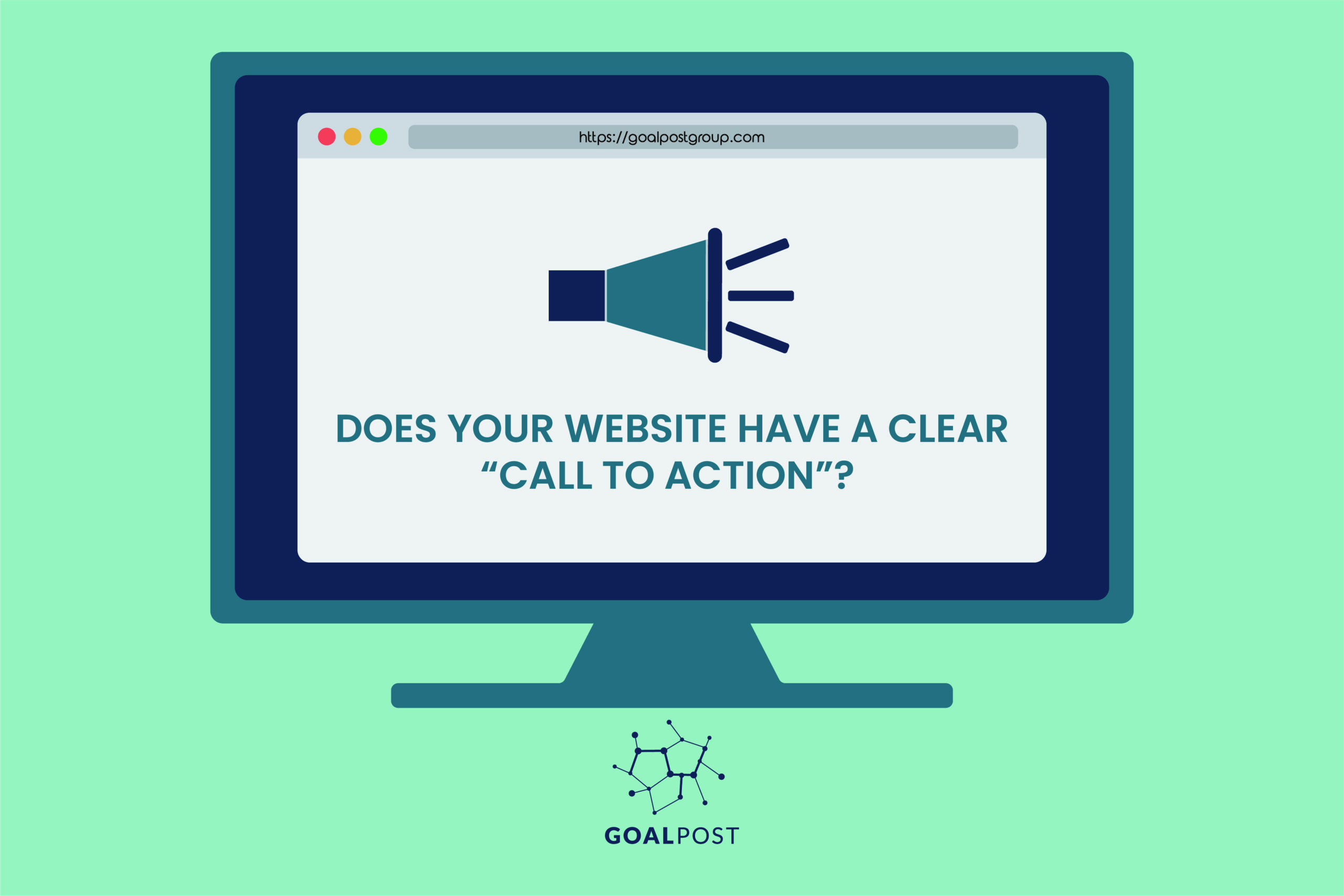Does You Website Have a Clear “Call to Action”?
If customers visit your website and leave without making a purchase, chances are it’s due to one of the following reasons.
First, you aren’t asking the customer for the sale.
Second, the customer doesn’t trust you yet.
When designing a business website, one of the most important elements to include is a call to action. A call to action is the short, written direction or clickable button that invites a potential customer to take the next step on their buying journey. For instance, something like “Buy Now,” “Reserve Your Spot,” or “Schedule a Class.”
A call to action takes the mystery out of knowing what to do once a potential customer arrives on your website. Do they read your “About” page? Do they blindly click around for a few minutes and log off?
Too many websites fill pages upon pages with snappy copy, pretty photographs, stories, and data without ever building a connection with the customer or leading the customer to a purchasing decision.
If you want to see your sales go through the roof, you need to understand the importance of a call to action — both as a direct point of purchase, and as a way to build trust long before a sale is made.
The Two Different Calls to Action and What They Mean
A direct call to action is a clear push toward a purchasing decision. As stated above, direct calls to action ask the customer to commit by engaging with their dollars and cents. Words like “Start Shopping” or “Add to Cart” are great calls to action, and clearly communicate what the customer is meant to do.
Transitional calls to action are a little different. A transitional call to action doesn’t assume that the customer is ready to make a purchase yet, so it focuses on informing the customer or giving away free information to steer them towards a purchase.
Both are important, because both pave a path towards the sale in different ways.
How to Create a Successful Transitional Call to Action
When a customer arrives at your website, they may know everything there is to know about you — or they may know nothing at all. In the event a customer is there to gather information before handing over their wallet, a transitional call to action is a great way to build familiarity while educating the customer about who you are and how you can help.
A transitional call to action can look like this:
- Download our FREE eBook!
- Get Your FREE Copy of [Your eBook Name Here]
- Get My Free Sample
- Start My FREE Trial
If you haven’t caught on, a transitional call to action offers customers free content — usually in exchange for their email address. This is in order to help build trust in your product or service. By offering free information, you provide a sense of value and generate gratitude that fans the flame of interest.
Bonus: Once you have their email address, you can guide them into a nurture email campaign that keeps you top of mind for weeks (or even months) following the initial download.
What to Include in Your Transitional Call to Action
When it comes to what to offer in your transitional call to action, focus on your industry.
Ask yourself: What questions are people asking about my product or service? What obstacles do they need to overcome before seeing me as the clear choice?
If you’re in the web development business, you might have a downloadable PDF titled “7 Key Elements to a High-Performing Website.” If you’re a food blogger, something like “11 Budget-Friendly Dishes for Your Next Date Night.”
The bottom line: create something of value that people will be excited to download. Once you’ve built trust and demonstrated your authority, the next step is guiding them through the process of a sale. This can be done using direct calls to action.
By placing stepping stones towards the ultimate goal (making a sale), you can guide customers. Help them through the process of decision-making and end it with an informed purchase.
At Goalpost Group, we help our clients break the cycle of bad marketing using strategy, structure, and killer content that drives sales and wins the day. Get in touch with a member of our team to learn more about how we can help transform your marketing.





